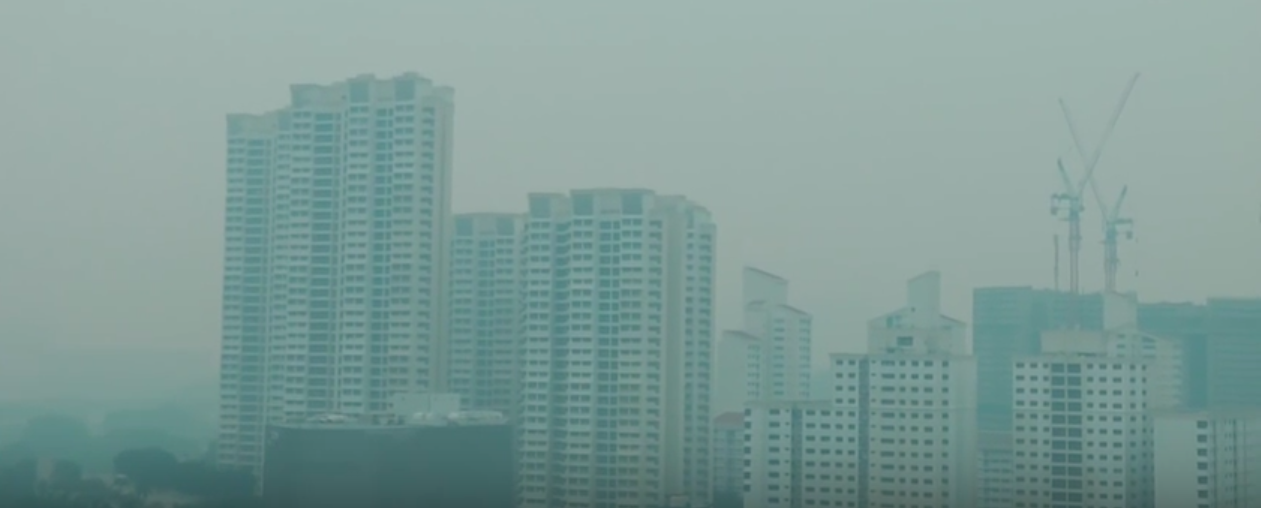Singapore—Based on a report from the Singapore Institute of International Affairs (SIIA), there’s a “moderate risk” that the country may experience severe haze in 2019, akin to the one it last saw four years ago.
This possibility is based on SIIA’s inaugural haze outlook report. TODAY reports that on May 2, Thursday, SIIA launched its Haze Outlook for Southern ASEAN Summary Report at the 6th Singapore Dialogue on Sustainable World Resources Conference, which was held at the Fullerton Hotel Singapore.
SIIA will publish its full report on its website later this month.
In 2015, haze-covered many parts of South East Asia for several months, with Pollutant Standards Index (PSI) levels reaching unprecedented highs. For instance, forest fires in Indonesia in October 2015 caused the PSI to reach a 1936 reading. In that country, levels of 350 and higher are already considered hazardous, and schools are already closed for PSI readings that are lower than 350.
Back then, the months-long haze was considered one of “the most severe events on record.”
In September through November in Singapore that year, PSI readings hit hazardous levels as well.
The goal of the report from SIIA is to serve as both a risk assessment and well as a predictive tool for countries within the region to see whether Indonesia, Malaysia, and Singapore could experience haze again during the dry season in the middle of the year.
According to the chairman of SIIA, Professor Simon Tay,
“For the past few years, there have been blue skies, but it continues to be important to understand why this has happened and to continue efforts to achieve better outcomes even as climatic and other factors change.
We hope that our report will keep stakeholders focused on the risks and reinforce efforts to prevent the recurrence of severe haze.”
This is the first time that quantitative meteorological data and qualitative assessment of intervention on the ground to predict haze are being used to predict current haze risk assessments, which usually depend solely on meteorological forecasts.
The combined information takes into account various factors which include the weather, the geographical location of past fires and initiatives launched by the government as well as private sectors to decrease the number of fires when determining the severity of haze.
It also rates the possibility of transboundary haze, which is what happened in both 1997 and 2015, on a scale of green (low risk of transboundary haze), amber (moderate risk) and red (high risk).
In 1997 and 2015, haze intensified due to a prolonged dry period as well as the El Nino phenomenon, which sees a warming of the central and eastern parts of the Pacific Ocean, occurring every 3-7 years, and causing changes in patterns of global weather.
El Nino has been predicted to occur again this year, 2019, but with less severity.
The SIIA study pointed out that Indonesia restored almost 680,000 hectares of peatland (semi-decayed plant matter), which appears to have succeeded in decreasing the number of fires in comparison to 2015.
In both 1997 and 2015, fires had mainly broken out in degraded peatlands.
SIIA’s report said that from 2015 onward, the government of Indonesia had added efforts to prevent such fires from occurring—such as strengthening engagements with village communities, and boosting fire prevention, detection and suppression capabilities.
According to the SIIA chairman, it will be publishing this outlook every year and will be including additional input from several government agencies, companies, academic institutions and non-governmental organisations in the future./TISG

